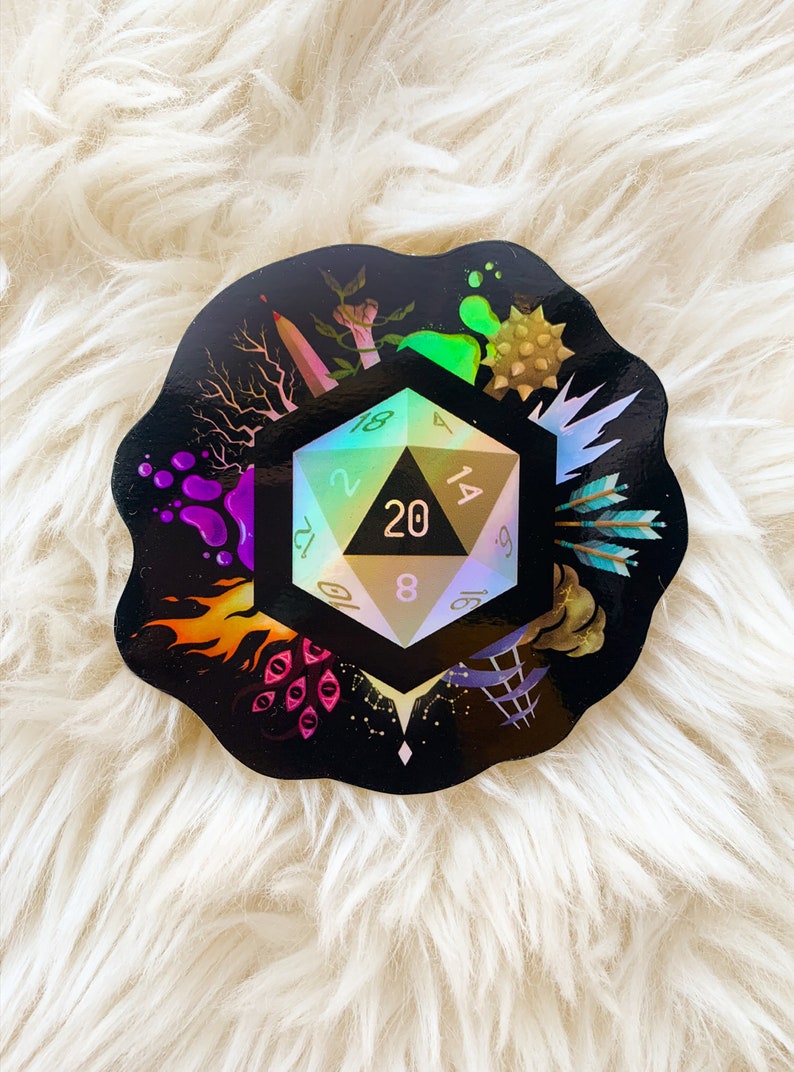Damage Estimate Dnd 5E : Caddin Schieler auf Instagram: „The Witch of the Woods ... - So, you've slipped off the edge of a cliff and are plummeting to your death, we've all been there.
Damage Estimate Dnd 5E : Caddin Schieler auf Instagram: „The Witch of the Woods ... - So, you've slipped off the edge of a cliff and are plummeting to your death, we've all been there.. Falls and great heights are some of the few things that can outright kill a player and most veteran ttrpg players can recount at least one or two characters. Simulate turns to kill an enemy with melee attacks. For actually wielding the 5e handbook as a weapon. Just as characters take damage when they fall more than 10 feet, so to do they take damage when they are hit by falling objects. A disintegrated creature and everything it is wearing and carrying, except magic items, are reduced to a pile of fine gray dust.
Ten common rules mistakes in dungeons and dragons 5e. Some attacks cause special effects in addition to or instead of damage. Conveniently for d&d players, a falling human reaches terminal velocity after about 6 seconds (at basically, gygax damage when you fall and 5e damage when you jump (if you manage to pass the check). Damage types have no rules of their own, but other rules, such as damage resistance, rely on the types. There is a base damage die specified on you do not add your proficiency bonus to a spells damage unless the spell's description tells you to.

There are 13 different damage types in d&d 5e.
Resistance and then vulnerability are applied after all other modifiers to damage. D&d 5e introduces a new game mechanic, advantage and disadvantage. The short version is that you take a simple higher cr monster, like a giant, and describe it. For example, a creature has resistance to bludgeoning. Just as characters take damage when they fall more than 10 feet, so to do they take damage when they are hit by falling objects. Each thing a player tries to do has a difficulty. Injury and the risk of death are constant companions of those who explore fantasy gaming worlds. Dnd 5e damaging cantrips table. Nonlethal damage , also called subdual damage or striking to subdue , refers to a rule in dungeons & dragons which allows an attacker to knock an opponent out rather than kill them. We also mentioned sources of the different types of damage, be it either from spells or from creatures. For actually wielding the 5e handbook as a weapon. A place to share thoughts and ideas about dungeons and dragons. We talked about this previously in creating high level swarms in 5th edition dungeons & dragons.
5e has thirteen damage types: D&d 5e introduces a new game mechanic, advantage and disadvantage. The short version is that you take a simple higher cr monster, like a giant, and describe it. Each weapon, spell, and harmful monster ability specifies the damage it deals. Whenever a creature takes damage, that damage is subtracted from its hit points.

This is important to note because all improvised damage uses d10s.
Whenever a creature takes damage, that damage is subtracted from its hit points. For example, a creature has resistance to bludgeoning. For example, a creature has resistance to bludgeoning damage and is hit by an attack that deals 25 bludgeoning damage. Name attack t ype damage range t ype special. Create account or sign in. 5e has thirteen damage types: Dungeons & dragons, 5th edition: Damage types have no rules of their own, but other rules, such as damage resistance, rely on the types. We also mentioned sources of the different types of damage, be it either from spells or from creatures. Nonlethal damage , also called subdual damage or striking to subdue , refers to a rule in dungeons & dragons which allows an attacker to knock an opponent out rather than kill them. 5e has thirteen damage types: In dnd 5e, you take 1d6 bludgeoning damage for every 10ft of falling. Resistance and then vulnerability are applied after all other modifiers to damage.
Simulate turns to kill an enemy with melee attacks. 5e has thirteen damage types: Create account or sign in. Dnd 5e damaging cantrips table. Use this form to calculate the amount of damage inflicted to a character from a mob consisting of many monsters.

Acid, bludgeoning, cold, fire, force, lightning, necrotic, piercing, poison, psychic, radiant, slashing, and thunder.
This is important to note because all improvised damage uses d10s. So, you've slipped off the edge of a cliff and are plummeting to your death, we've all been there. If this damage reduces the target to 0 hit points, it is disintegrated. Falls and great heights are some of the few things that can outright kill a player and most veteran ttrpg players can recount at least one or two characters. In total, there are 13 different types of damage in dungeons and dragons 5e everyone wants to do more if you're not interested in the explanation of the logic behind. Dnd 5e damaging cantrips table. In dnd 5e, you take 1d6 bludgeoning damage for every 10ft of falling. Nonlethal damage , also called subdual damage or striking to subdue , refers to a rule in dungeons & dragons which allows an attacker to knock an opponent out rather than kill them. There are 13 different damage types in d&d 5e. D&d 5e introduces a new game mechanic, advantage and disadvantage. Whenever a creature takes damage, that damage is subtracted from its hit points. Just as characters take damage when they fall more than 10 feet, so to do they take damage when they are hit by falling objects. Please use my ranger as an example.
Komentar
Posting Komentar